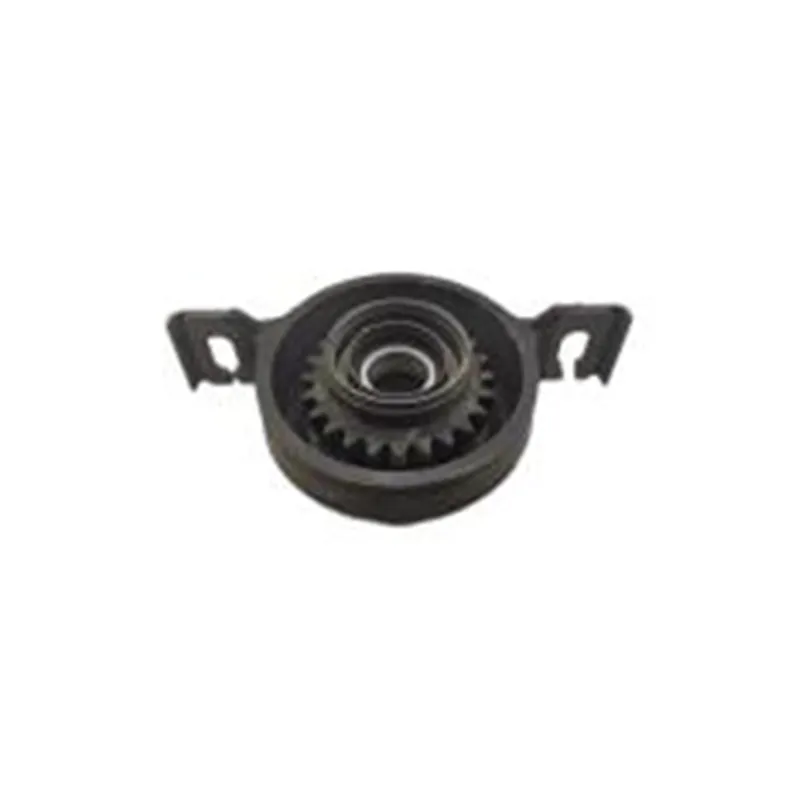
-
 Afrikaans
Afrikaans -
 Albanian
Albanian -
 Amharic
Amharic -
 Arabic
Arabic -
 Armenian
Armenian -
 Azerbaijani
Azerbaijani -
 Basque
Basque -
 Belarusian
Belarusian -
 Bengali
Bengali -
 Bosnian
Bosnian -
 Bulgarian
Bulgarian -
 Catalan
Catalan -
 Cebuano
Cebuano -
 Corsican
Corsican -
 Croatian
Croatian -
 Czech
Czech -
 Danish
Danish -
 Dutch
Dutch -
 English
English -
 Esperanto
Esperanto -
 Estonian
Estonian -
 Finnish
Finnish -
 French
French -
 Frisian
Frisian -
 Galician
Galician -
 Georgian
Georgian -
 German
German -
 Greek
Greek -
 Gujarati
Gujarati -
 Haitian Creole
Haitian Creole -
 hausa
hausa -
 hawaiian
hawaiian -
 Hebrew
Hebrew -
 Hindi
Hindi -
 Miao
Miao -
 Hungarian
Hungarian -
 Icelandic
Icelandic -
 igbo
igbo -
 Indonesian
Indonesian -
 irish
irish -
 Italian
Italian -
 Japanese
Japanese -
 Javanese
Javanese -
 Kannada
Kannada -
 kazakh
kazakh -
 Khmer
Khmer -
 Rwandese
Rwandese -
 Korean
Korean -
 Kurdish
Kurdish -
 Kyrgyz
Kyrgyz -
 Lao
Lao -
 Latin
Latin -
 Latvian
Latvian -
 Lithuanian
Lithuanian -
 Luxembourgish
Luxembourgish -
 Macedonian
Macedonian -
 Malgashi
Malgashi -
 Malay
Malay -
 Malayalam
Malayalam -
 Maltese
Maltese -
 Maori
Maori -
 Marathi
Marathi -
 Mongolian
Mongolian -
 Myanmar
Myanmar -
 Nepali
Nepali -
 Norwegian
Norwegian -
 Norwegian
Norwegian -
 Occitan
Occitan -
 Pashto
Pashto -
 Persian
Persian -
 Polish
Polish -
 Portuguese
Portuguese -
 Punjabi
Punjabi -
 Romanian
Romanian -
 Russian
Russian -
 Samoan
Samoan -
 Scottish Gaelic
Scottish Gaelic -
 Serbian
Serbian -
 Sesotho
Sesotho -
 Shona
Shona -
 Sindhi
Sindhi -
 Sinhala
Sinhala -
 Slovak
Slovak -
 Slovenian
Slovenian -
 Somali
Somali -
 Spanish
Spanish -
 Sundanese
Sundanese -
 Swahili
Swahili -
 Swedish
Swedish -
 Tagalog
Tagalog -
 Tajik
Tajik -
 Tamil
Tamil -
 Tatar
Tatar -
 Telugu
Telugu -
 Thai
Thai -
 Turkish
Turkish -
 Turkmen
Turkmen -
 Ukrainian
Ukrainian -
 Urdu
Urdu -
 Uighur
Uighur -
 Uzbek
Uzbek -
 Vietnamese
Vietnamese -
 Welsh
Welsh -
 Bantu
Bantu -
 Yiddish
Yiddish -
 Yoruba
Yoruba -
 Zulu
Zulu
Toyota Lower Arm Specifications and Maintenance Guide for Optimal Performance
The lower arm, also known as the control arm, is a crucial component of the suspension system in Toyota vehicles. Its primary function is to connect the vehicle’s chassis to the wheels, allowing for controlled movement and stability. The design and engineering of the lower arm are pivotal in ensuring a smooth ride and effective handling, making it an essential element of automotive safety and performance.
In Toyota models, the lower arm is typically constructed from high-strength materials such as steel or aluminum, providing durability and resilience against the stresses encountered during driving. The lower arm is designed to withstand significant forces, including those generated during cornering, braking, and acceleration. This robustness helps to maintain alignment and geometry, which is vital for optimal tire wear and vehicle control.
.
When it comes to maintenance, the lower arm and its associated components should be regularly inspected for signs of wear or damage. Common indicators of issues include unusual noises, a rough ride, or uneven tire wear. Addressing problems early can prevent more costly repairs down the line and ensure the vehicle maintains its intended performance standards.
toyota lower arm

One significant aspect of the lower arm’s functionality is its contribution to the vehicle’s alignment. Proper alignment is crucial for extended tire life and improved fuel efficiency. Misalignment can lead to excessive wear on tires and suspension components, which may compromise safety. Therefore, routine wheel alignment checks are recommended, especially after replacing the lower arm or any related suspension parts.
In recent years, Toyota has continuously improved the design of the lower arm to enhance performance and efficiency. Innovations include the use of lightweight materials and advanced engineering techniques, which reduce the overall weight of the vehicle while maintaining or improving structural integrity. This leads to better fuel economy and reduced emissions, aligning with Toyota’s commitment to sustainability.
Moreover, the lower arm plays a vital role in the overall handling characteristics of Toyota vehicles. An accurately engineered lower arm can improve cornering stability and responsiveness, providing drivers with a confident and enjoyable driving experience. This is particularly evident in Toyota’s performance-oriented models, where precision in suspension design is essential for delivering an engaging and dynamic driving experience.
In conclusion, the lower arm is a fundamental component in the suspension system of Toyota vehicles, influencing both performance and safety. Regular maintenance, attention to alignment, and ongoing evaluation of engineering advancements ensure that this component continues to meet the high standards expected from Toyota. By prioritizing the health of the lower arm and overall suspension system, Toyota owners can enjoy a reliable and smooth driving experience for years to come.







